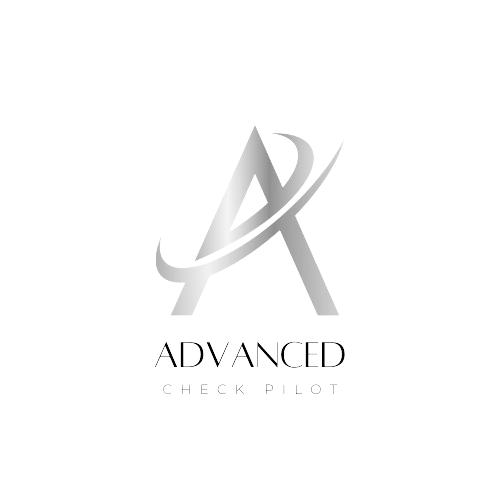Blog
Types of Drag Affecting an Airplane
- September 9, 2024
- Posted by: rsadmin_user
- Category: Education

Types of Drag Affecting an Airplane
An airplane experiences two primary types of drag: parasite drag and induced drag.
Parasite Drag
Parasite drag encompasses three distinct types of drag: form drag, skin friction drag, and interference drag. This drag increases with surface area, air density, and velocity.
- Form Drag: This type of drag arises from the shape of the aircraft and how air flows around it. For instance, an airplane with a boxy shape, like a shoebox, will experience more form drag compared to a more aerodynamically streamlined shape, such as a basketball. Form drag also extends beyond the fuselage shape, with fixed landing gear creating significant drag. Aircraft with wheel fairings experience reduced form drag compared to those without.
- Skin Friction Drag: Skin friction drag results from the air’s resistance as it moves over the aircraft’s surface. Think of the difference between a basketball with a textured surface and a smooth bowling ball; the rougher surface of the basketball causes more friction.
- Interference Drag: This occurs where different parts of the aircraft come together and disrupt the airflow. Examples include the junctions where the wings meet the fuselage or where the elevator attaches to the tail. These areas create disturbances in the air flow, contributing to drag.
Induced Drag
Induced drag is a byproduct of lift. As the angle of attack increases to generate more lift, it also increases the induced drag acting in the opposite direction of flight. High aspect ratio wings (wings that are long and slender) create less induced drag compared to low aspect ratio wings (wings that are shorter and wider).
Case Study: Drag Analysis in Aircraft Design
Background:
An aircraft manufacturer conducted a study comparing the drag characteristics of two different aircraft designs: one with fixed landing gear and another with retractable landing gear and wheel fairings.
Scenario:
- Aircraft A: Fixed Landing Gear
- Design Features: Fixed landing gear with no wheel fairings.
- Performance Data: During flight tests, Aircraft A showed higher drag and greater fuel consumption. The fixed gear design created significant form drag due to the exposed wheels and less streamlined shape.
- Aircraft B: Retractable Landing Gear with Wheel Fairings
- Design Features: Retractable landing gear with streamlined wheel fairings.
- Performance Data: Aircraft B exhibited lower drag and improved fuel efficiency. The retractable gear and wheel fairings reduced form drag and interference drag. Additionally, the smoother surface reduced skin friction drag.
Analysis:
The study revealed that Aircraft B, with its advanced design features, experienced lower parasite drag compared to Aircraft A. The reduced form drag due to the streamlined wheel fairings and retractable gear led to better overall performance. Induced drag was also less significant due to the aerodynamic improvements in the design.
Conclusion:
This case study highlights the importance of understanding and minimizing both parasite and induced drag in aircraft design. The results demonstrated that streamlined designs with retractable landing gear and wheel fairings can significantly reduce drag, leading to improved fuel efficiency and overall performance.
